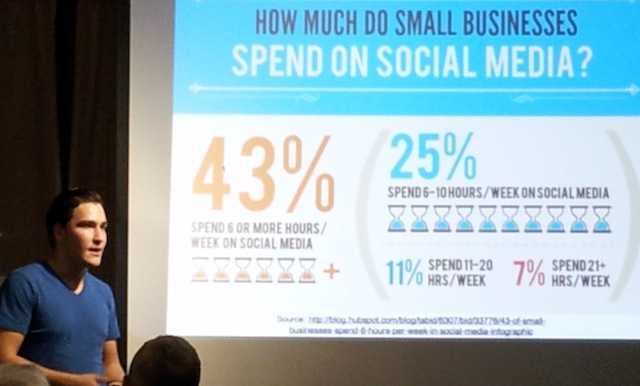In today’s fast-paced world, the buzz around sustainable investing is louder than ever. But what exactly does it mean, and how does blockchain fit into the picture? Let’s break it down.
1. Introduction
Imagine a world where your investments not only make you money but also contribute to a better planet. That’s the essence of sustainable investing. It’s about putting your money into companies and projects that are environmentally friendly, socially responsible, and have good governance practices. Now, add blockchain technology to the mix, and you’ve got yourself a game-changer.
2. Exploring Sustainable Investment Strategies
Delving into sustainable investing, often referred to as socially responsible investing (SRI) or environmental, social, and governance (ESG) investing, offers a unique opportunity to align financial goals with ethical principles. It dates back to the 18th century when religious groups avoided investing in “sinful” industries like alcohol and tobacco. Fast forward to today, and the focus has shifted to issues like climate change, human rights, and diversity.
3. The Rise of Blockchain Technology
Blockchain technology burst onto the scene in 2008 with the introduction of Bitcoin by an anonymous person (or group) using the pseudonym Satoshi Nakamoto. So, how does blockchain intersect with sustainable investing? Picture this: a farmer in Kenya wants to sell organic produce to consumers in New York. With traditional supply chains, there’s a lack of transparency, and the farmer often gets the short end of the stick. But with blockchain, every step of the supply chain—from planting seeds to delivery—is recorded on an immutable ledger. This ensures fair compensation for the farmer and provides consumers with traceability and authenticity.
4. Case Studies
Let’s take a closer look at some real-world examples. Ever heard of Plastic Bank? They’re using blockchain to tackle ocean plastic pollution by incentivizing people in developing countries to collect plastic waste and exchange it for goods and services. By tokenizing plastic waste, Plastic Bank creates a circular economy where waste becomes currency.
5. Challenges and Opportunities
Of course, integrating blockchain into sustainable investing isn’t without its challenges. Scalability, regulatory uncertainty, and energy consumption are just a few hurdles to overcome. But where there are challenges, there are also opportunities for innovation. Take CarbonX, for instance. They’re using blockchain to create a marketplace for carbon credits, allowing companies to offset their carbon footprint transparently.
6. Regulatory Landscape
When it comes to regulation, the landscape is still evolving. Governments around the world are grappling with how to classify and regulate cryptocurrencies and blockchain technology. Some countries, like Switzerland and Malta, have embraced blockchain-friendly policies, while others, like China, have taken a more restrictive approach.
7. Investment Strategies
For investors looking to dip their toes into the world of blockchain-based sustainable investing, there are a few strategies to consider. One approach is to invest directly in companies that are developing blockchain solutions for sustainability challenges. Another option is to invest in ESG-focused funds that incorporate blockchain technology into their investment strategies.
8. Conclusion
Whether it’s tracking supply chains, verifying sustainable practices, or democratizing access to financial services, blockchain has the potential to drive positive change.


